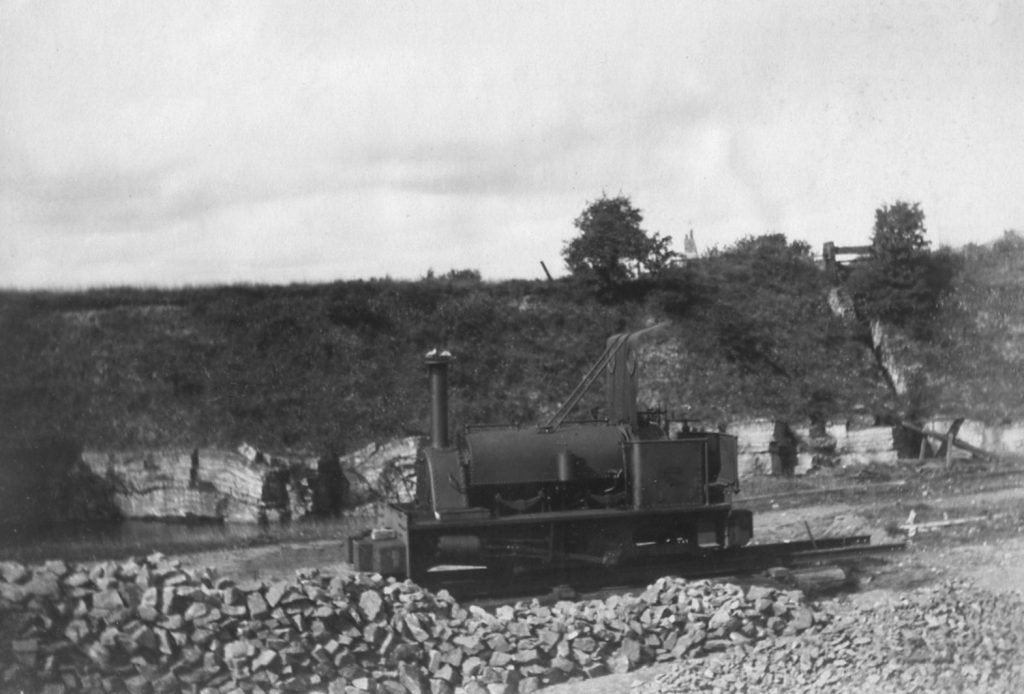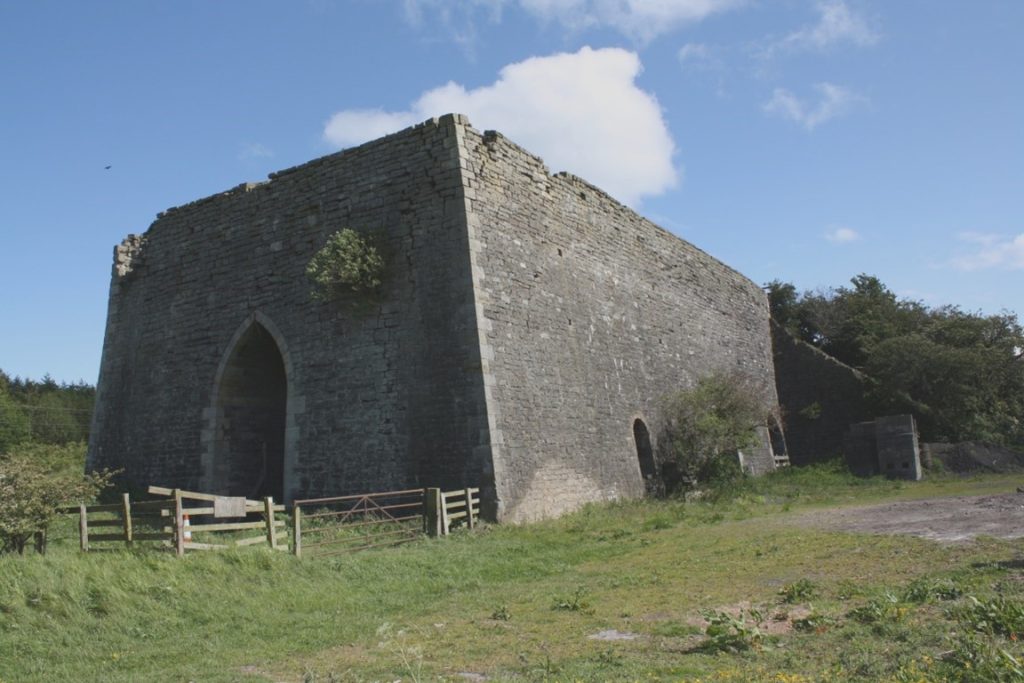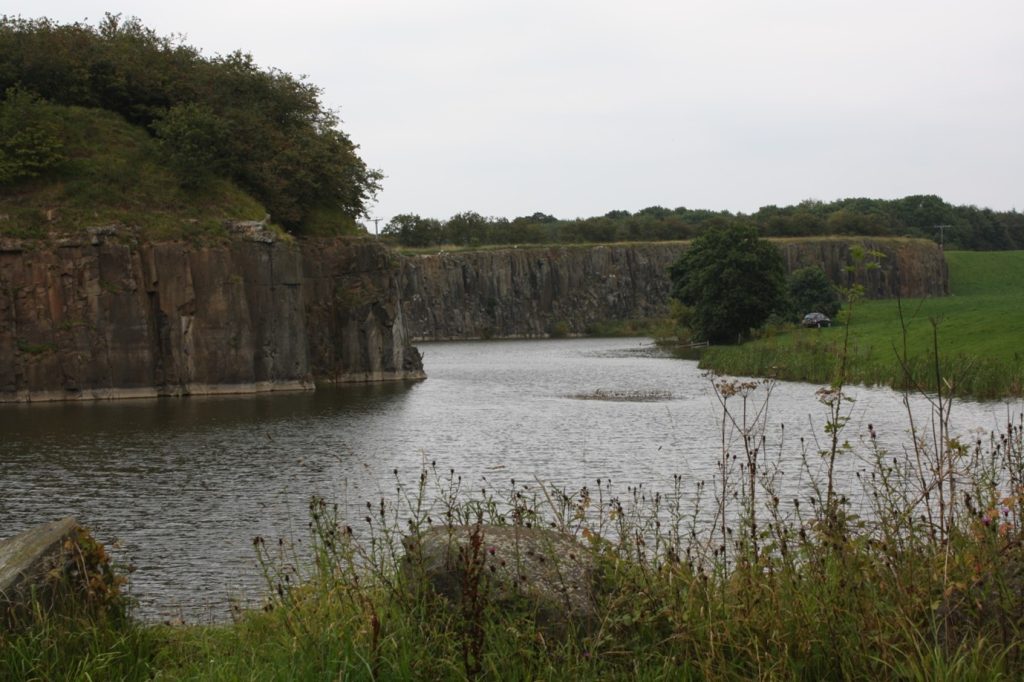To the east of the main line railway at Little Mill, north of Alnwick, lay an accessible source of whinstone, suitable for road building. To the east of the main line lay beds of limestone which could be used for making mortar or cement and by farmers for ‘sweetening’ acid soils. For most of the quarries’ existence operations occurred under the auspices of several generations of the Richardson family.
Quarrying for limestone began in the mid-1840s and the Lease was finally surrendered in 1960 though operations had ended before this date. Within the quarry was a network of narrow gauge lines leading to the kilns. From 1907 onwards until the 1930s trucks were moved around by a small locomotive built by the Hunslet Engine Company in Leeds. Another locomotive, built by the manufacturers Manning Wardle, may have operated at Little Mill. Later, when the Hunslet locomotive was ‘worn out’ Richardson built his own locomotive using an Armstrong Siddeley engine on a reinforced wagon chassis. Its remains were still extant until the late 1960s. The narrow gauge quarry lines served two kilns. The smaller original lime kiln was replaced by a huge kiln still standing (and recently restored) at the side of the main line. Roasted lime was transferred to standard gauge wagons; several sidings from the main line served the kilns.

and the Hunslet locomotive which was taken out of use a short time earlier.

Quarrying for the whinstone started in about 1865 and ceased in the early 1950s. Various horse-operated narrow gauge (2’ 6”) tramways existed within the quarry and a standard gauge locomotive was used to transport stone, in main-line company’s wagons, from a transfer point in the quarry to exchange sidings close to Little Mill level crossing. Little is known of the first locomotive built by Fletcher, Jennings of Whitehaven. The second locomotive was ‘DESPATCH’ which was built by the Leeds firm of Manning, Wardle Ltd. It arrived at Little Mill second-hand having previously operated at Messrs. Carr and Company, biscuit makers of Carlisle. The locomotive is known to have worked until about 1940 but it remained derelict in the quarry until about February 1851, Its nameplate has been preserved.


